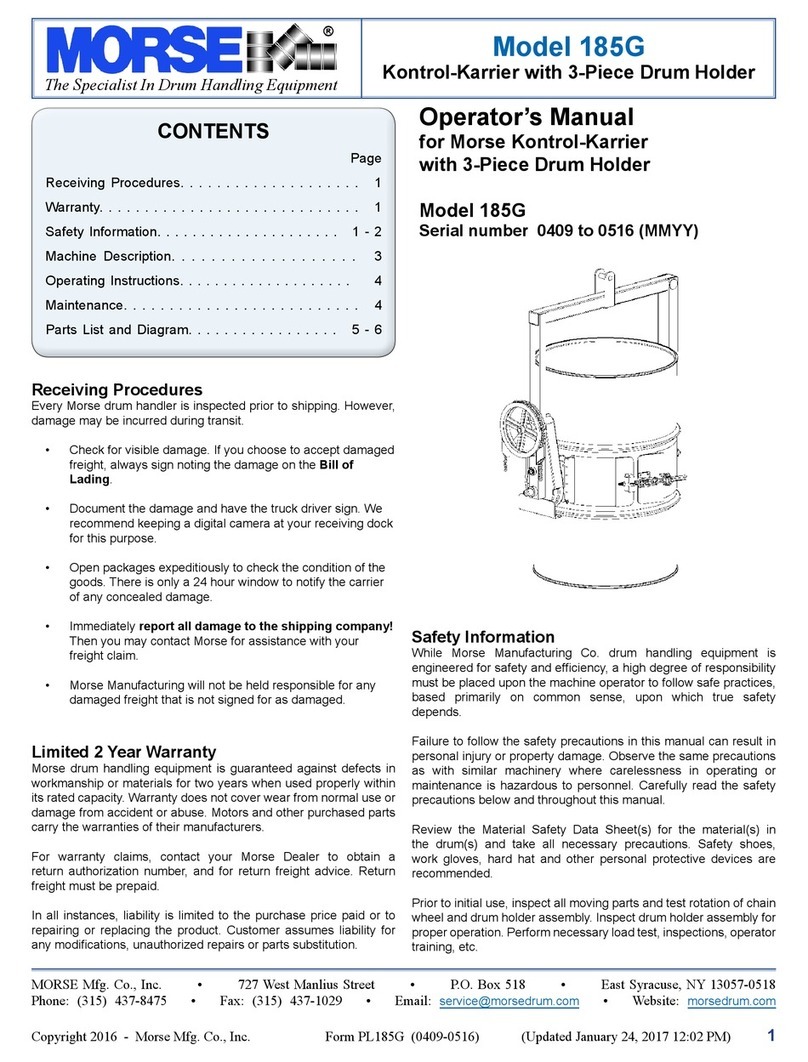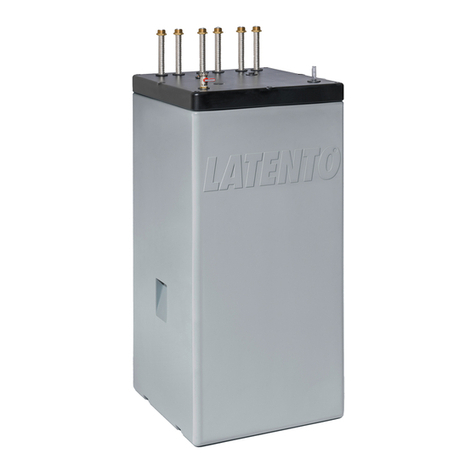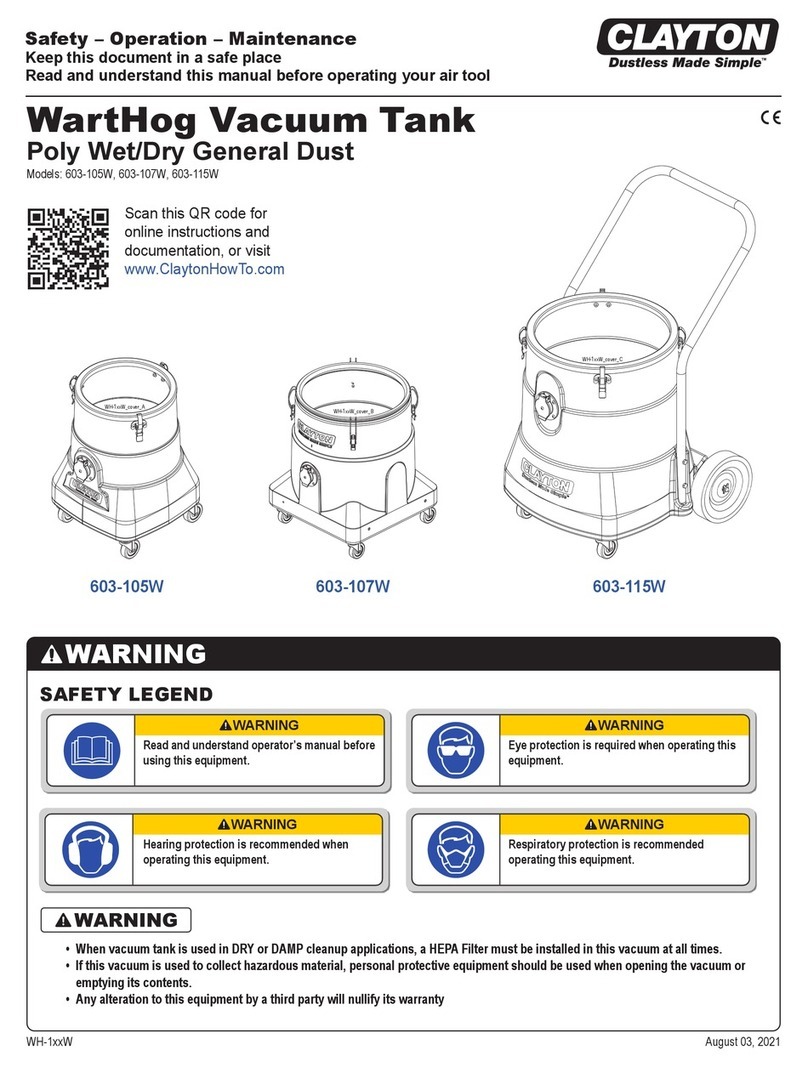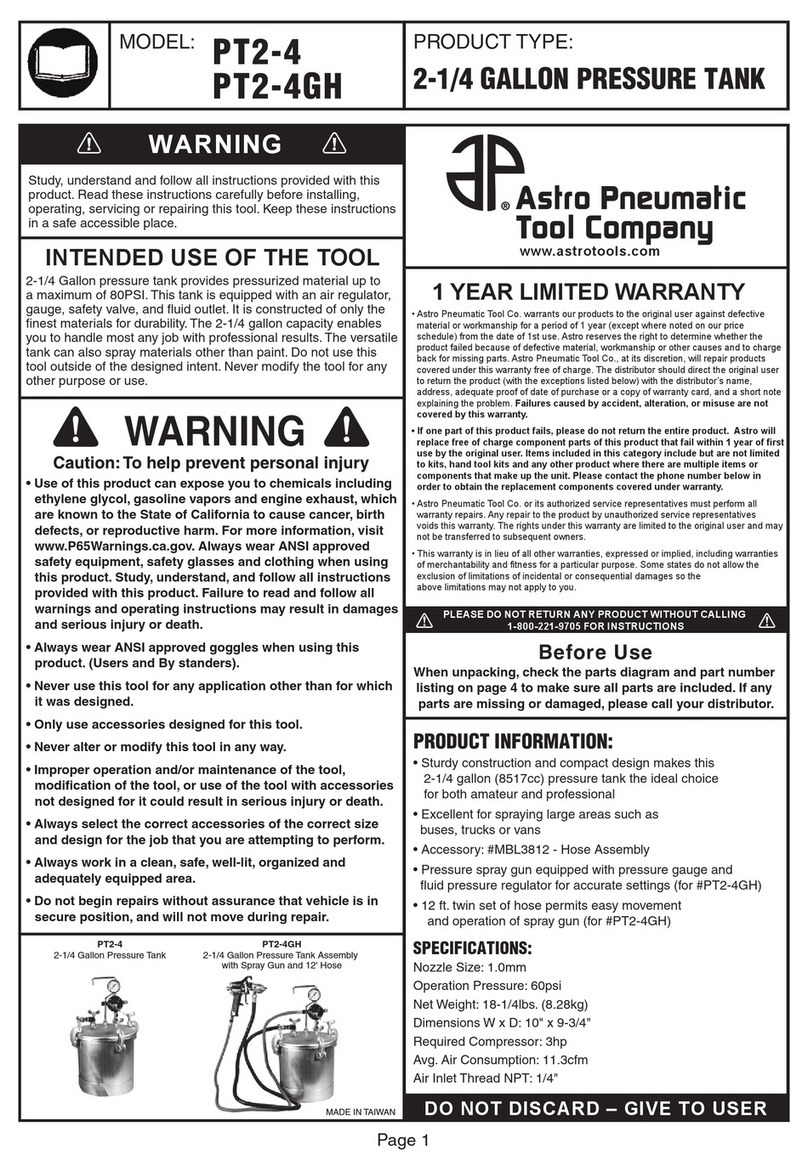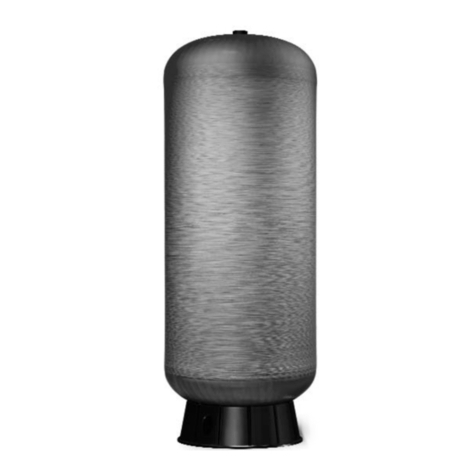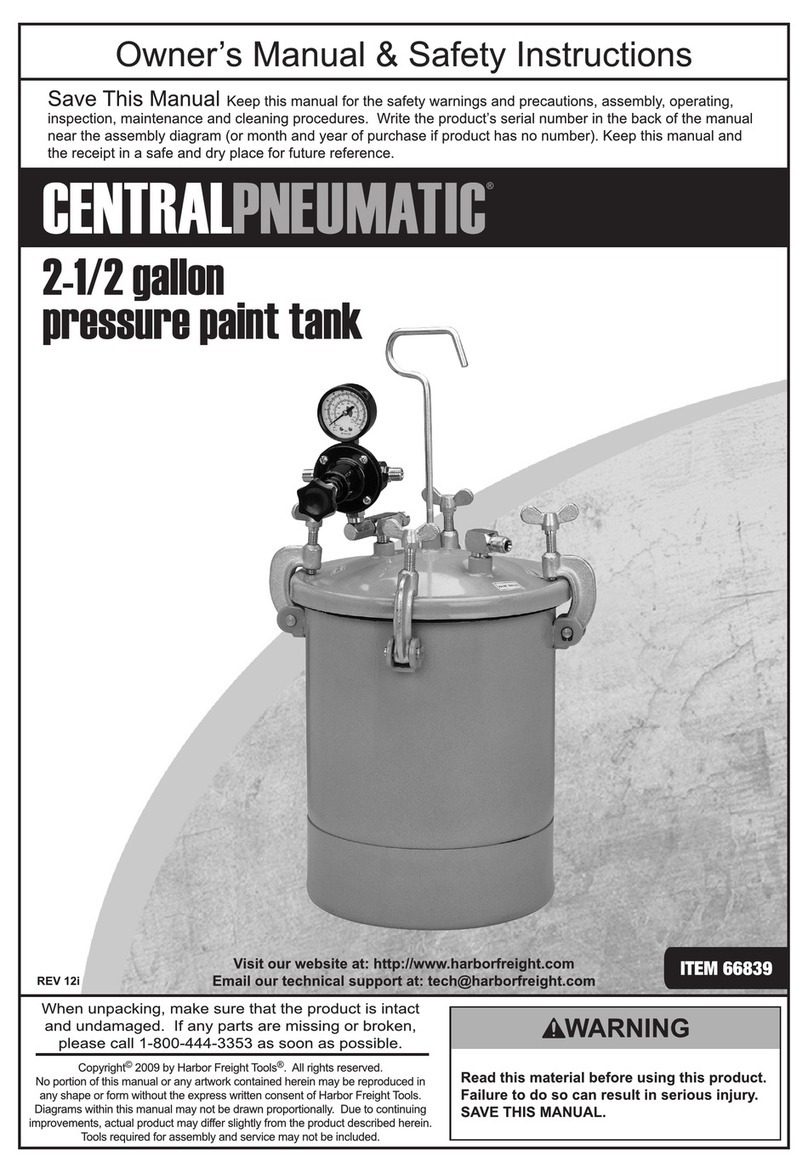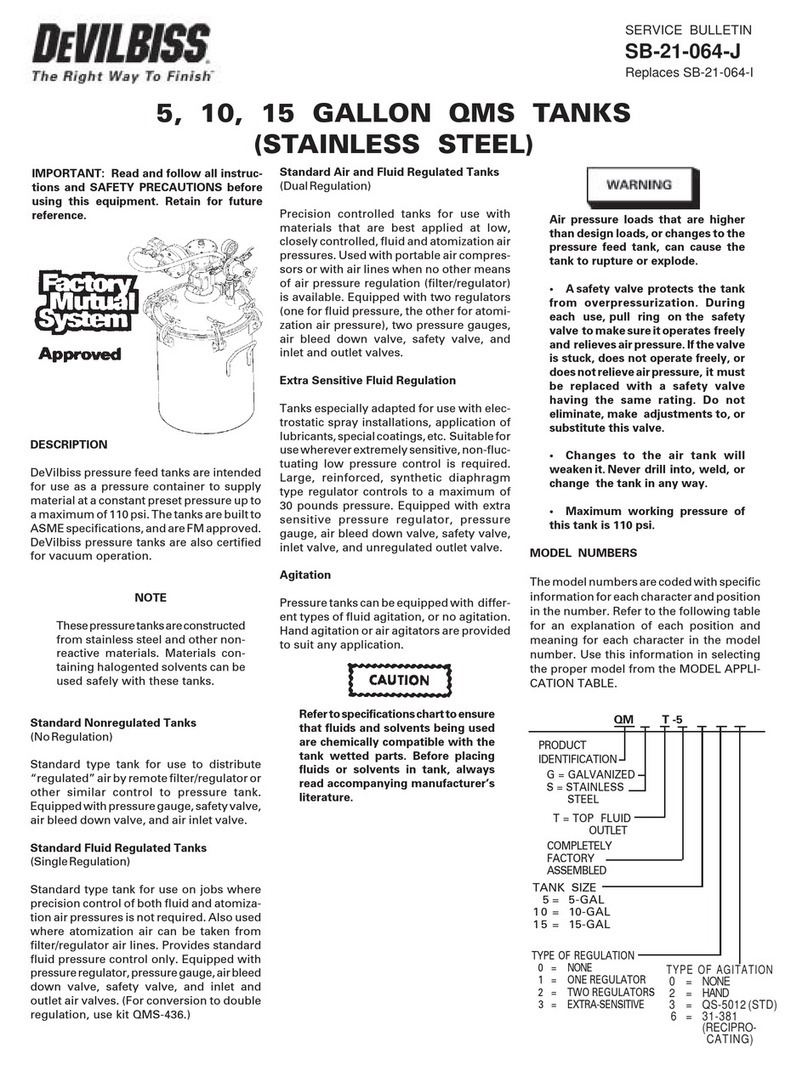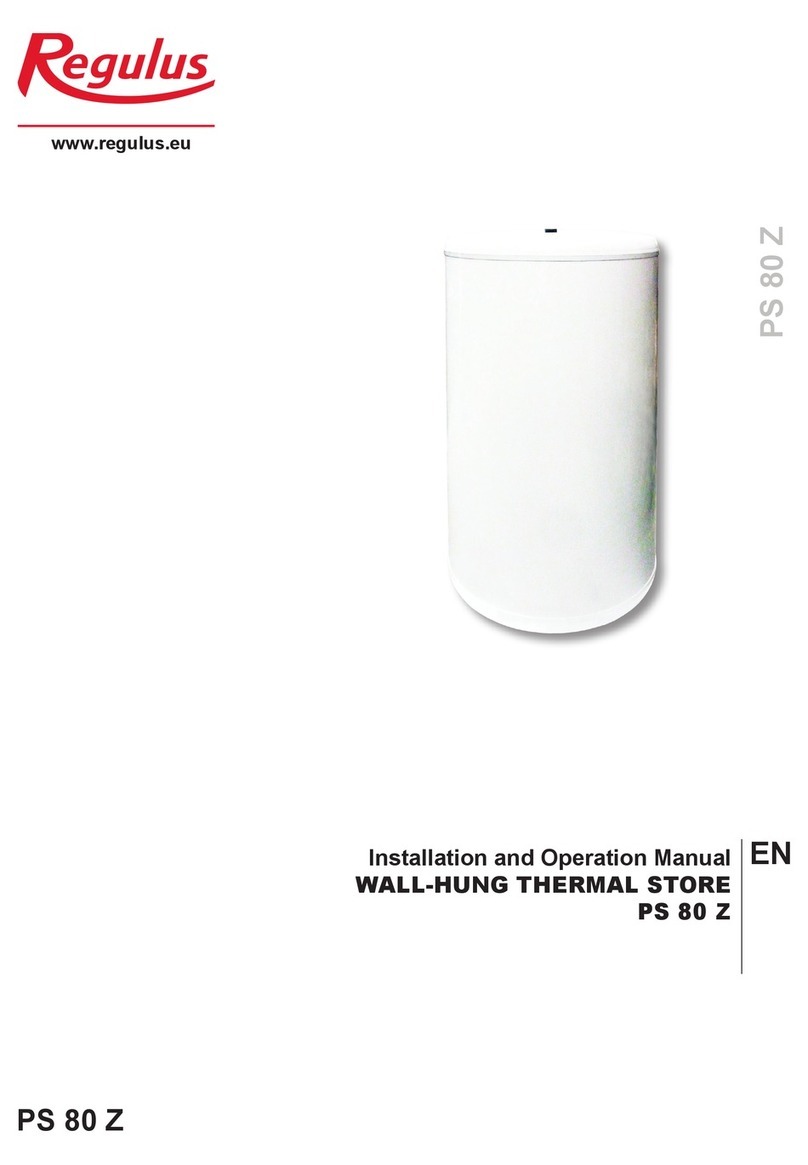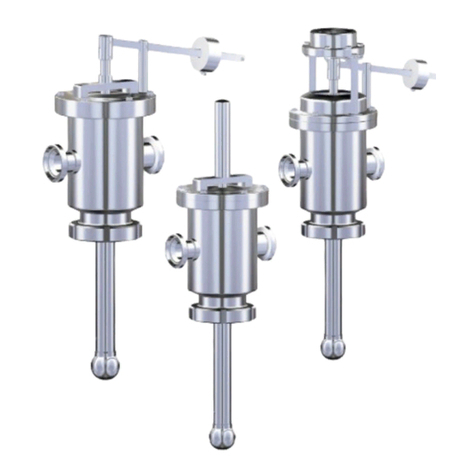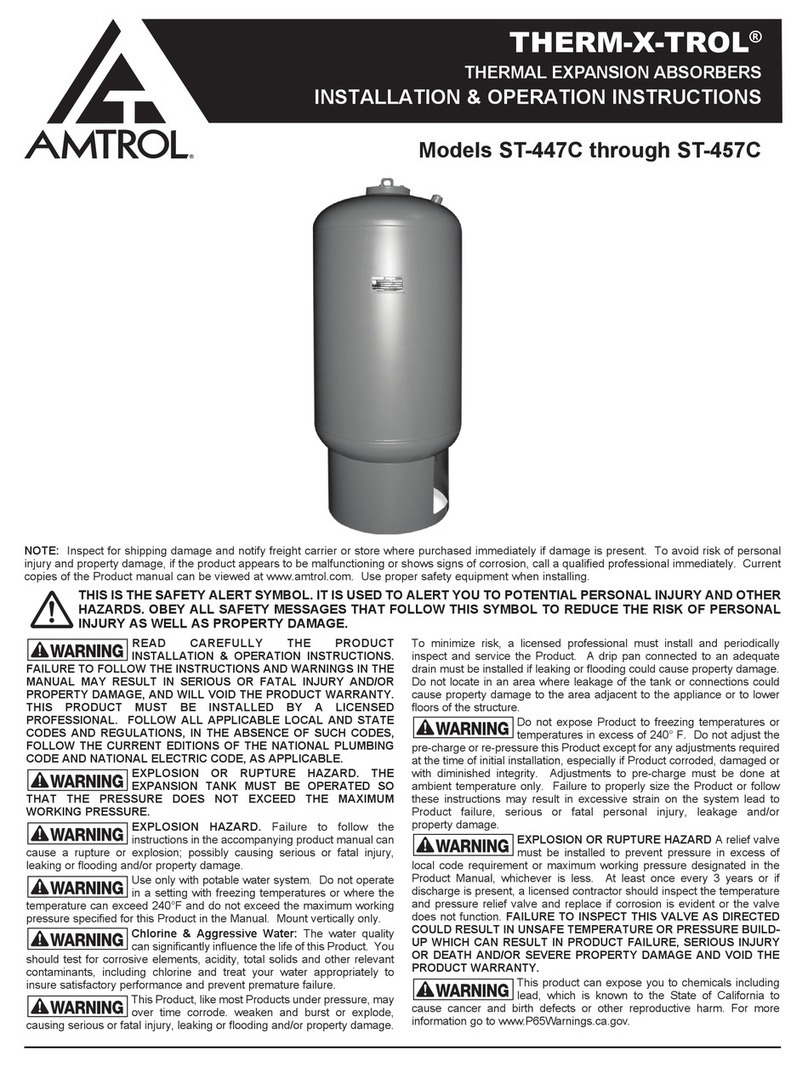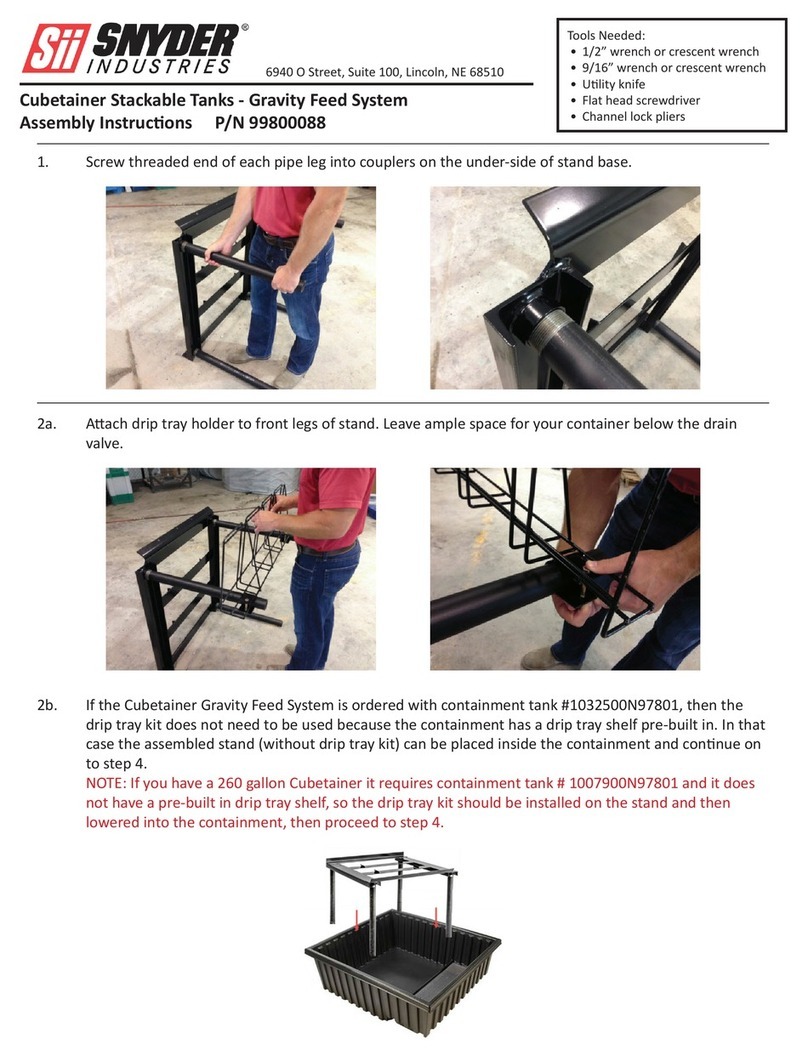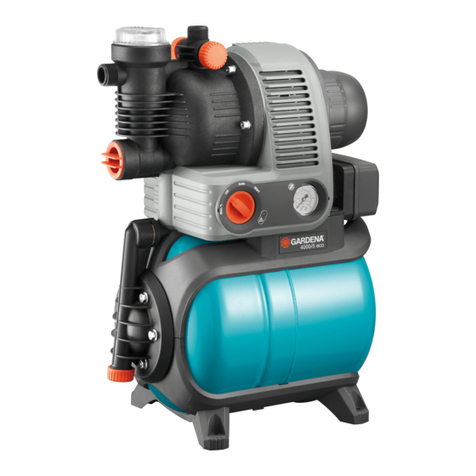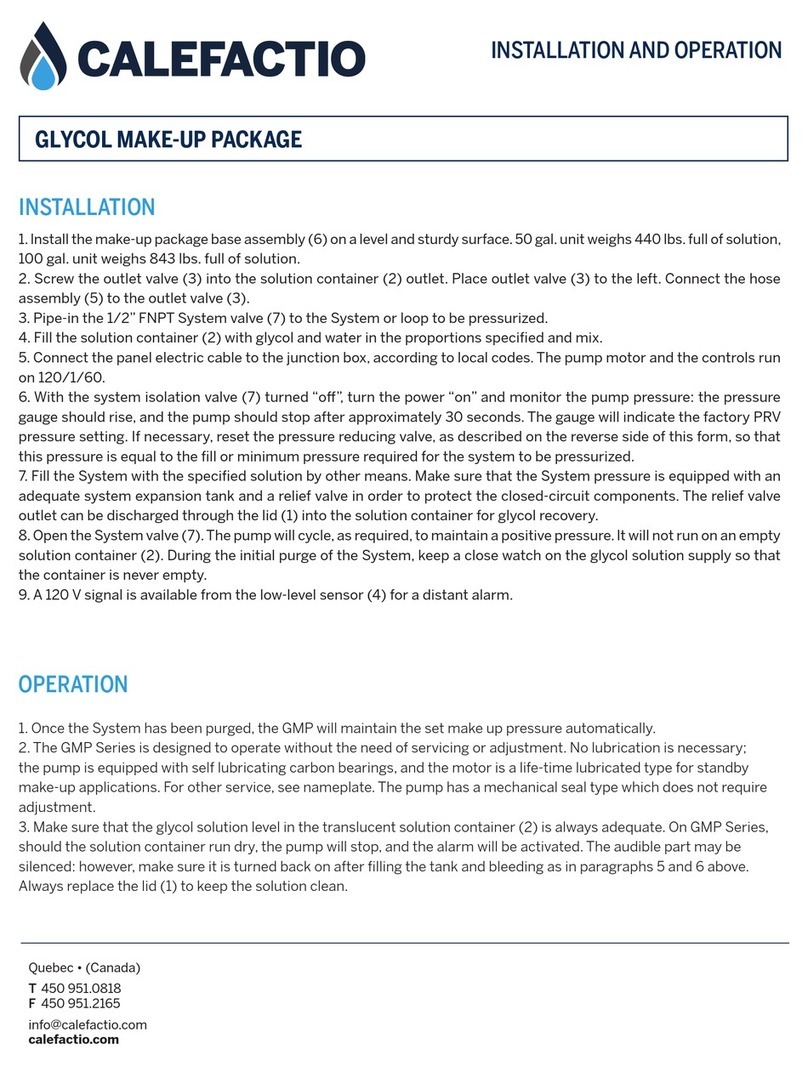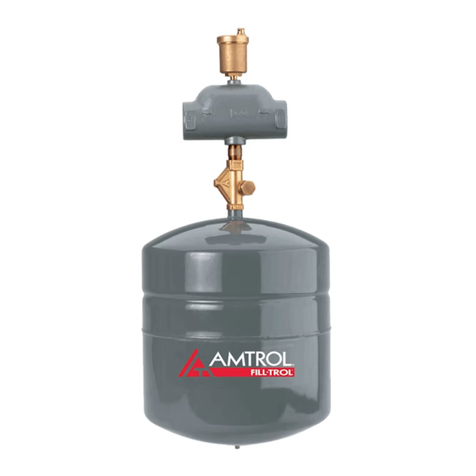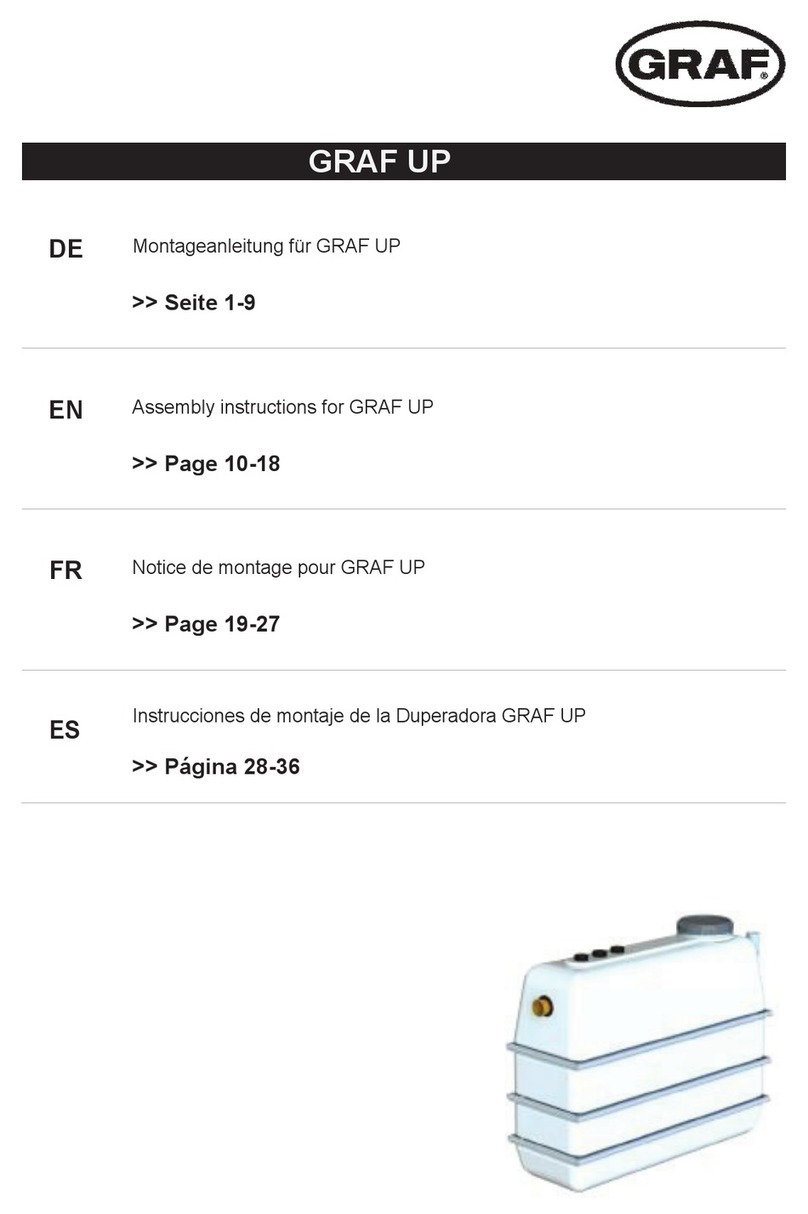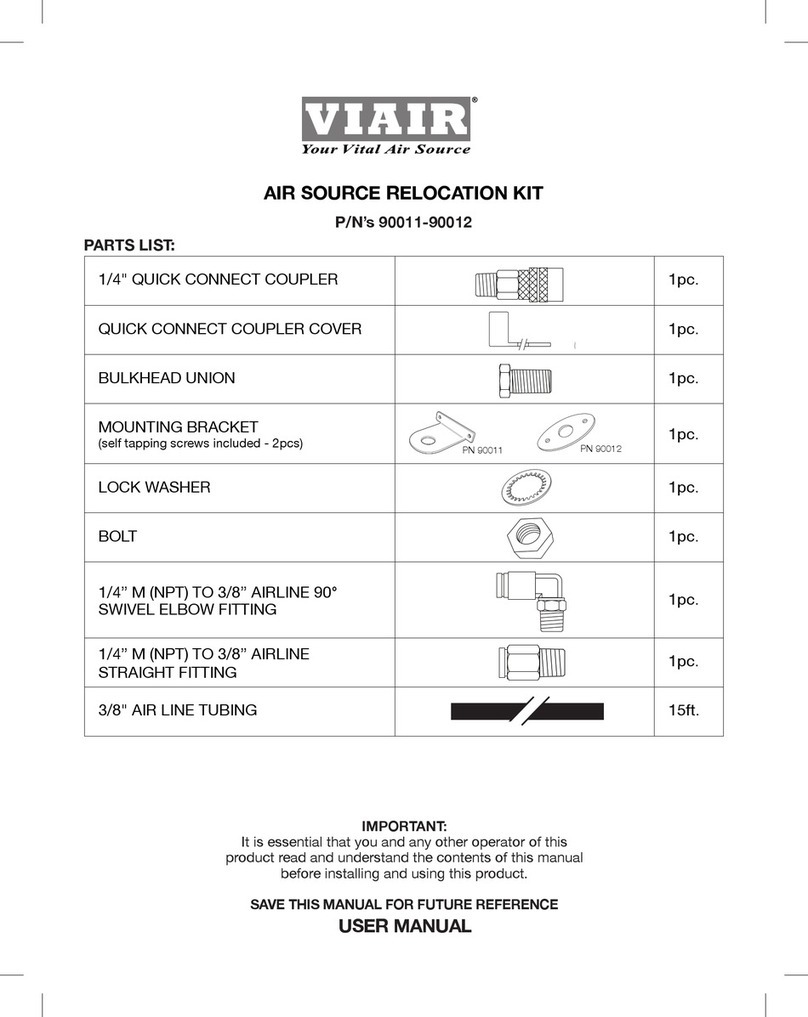
PRECAUCION: FAVOR DE LEER, ENTENDER Y SEGUIR LAS INSTRUCCIONES Y ALERTAS
PREVIO A UTILIZAR ESTA HERRAMIENTA. CUALQUIER ERROR PUEDE CAUSAR DAÑO AL
USUARIO Y/O DAÑOS EN EL ÁREA DE TRABAJO Y ESTO ELIMINA LA GARANTIA.
1. ¡NO SOBRECARGUE EL COMPRESOR! El llenado de Aire es MÁXIMO 125 PSI. Opere el
compresor dentro de los parámetros de capacidad. Sobrecargar puede generar daños
permanentes al compresor, al usuario y/o daños en el aera de trabajo; esto elimina la
garantia.
2. Para llenar el compresor NO utilice ningún equipo que contenga mas de 150 PSI ni
utilice cilindros de gas comprimido.
3. Asegúrece de revisar que los accesorios como manguera, medidor de presión y válvula
embonen y esten sin daño alguno y sin desgaste antes de utilizarlos.
4. Asegurese que el compresor no se encuentre bajo presión antes de moverlo o ajustar
sus accesorios.
5. Mantenga la manguera y el cabezal sin obstrucciones, amarrada o doblada.
6. No transporte o arrastre el compresor jalando la manguera, válvula o el medidor de
presión.
7. Deseche el compresor si presenta fugas. No lo intente reparar o soldar ya que estan
diseñados para contener presión.
8. Deseche el compresor si se encuentra dañado o abollado
9. Deseche y/o destruya el compresor posterior a la caducidad indicada.
10. Siempre utilice protección en los ojos al operar esta herramienta. Si existe polvo o
desechos utilize una máscara adecuada.
11. Siempre utilice el compresor de manera segura, protegiéndose usted y a otras
personas de posibles daños.
ESPECIFICACIONES TÉCNICAS
CAPACIDAD
PRESIÓN EN OPERACION
LONGITUD DE LA MANGUERA
PRESION DEL MEDIDOR DE PRESIÓN
5 Galones (18.92 litros)
85 a 125 PSI / 5.86 a 8.618 BAR
36" (91.44 cm )
Indicador de presion 0-150 PSI
INSTRUCCIONES DE OPERACIÓN DEL COMPRESOR:
Llenado de aire al compresor:
¡NO SOBRE LLENE! Inserte desde un dispositivo de aire limpio y seco entre 85 y 125 PSI.
1. Utilize el botón rojo de encendido/apagado en direccion de las manecillas del
reloj a la posición apagado.
2. Presione el cabezal del aire en la válvula/vastago de aire del compresor.
3. Verifique la lectura del medidor de presion del compresor. NO EXCEDA EL
MAXIMO de presion de aire 125 PSI.
4. Cuando se llene el compresor a la presion requerida, retire el cabezal del aire en
la válvula/vastago de aire del compresor.
5. El compresor de 5 galones esta ahora listo para su uso.

